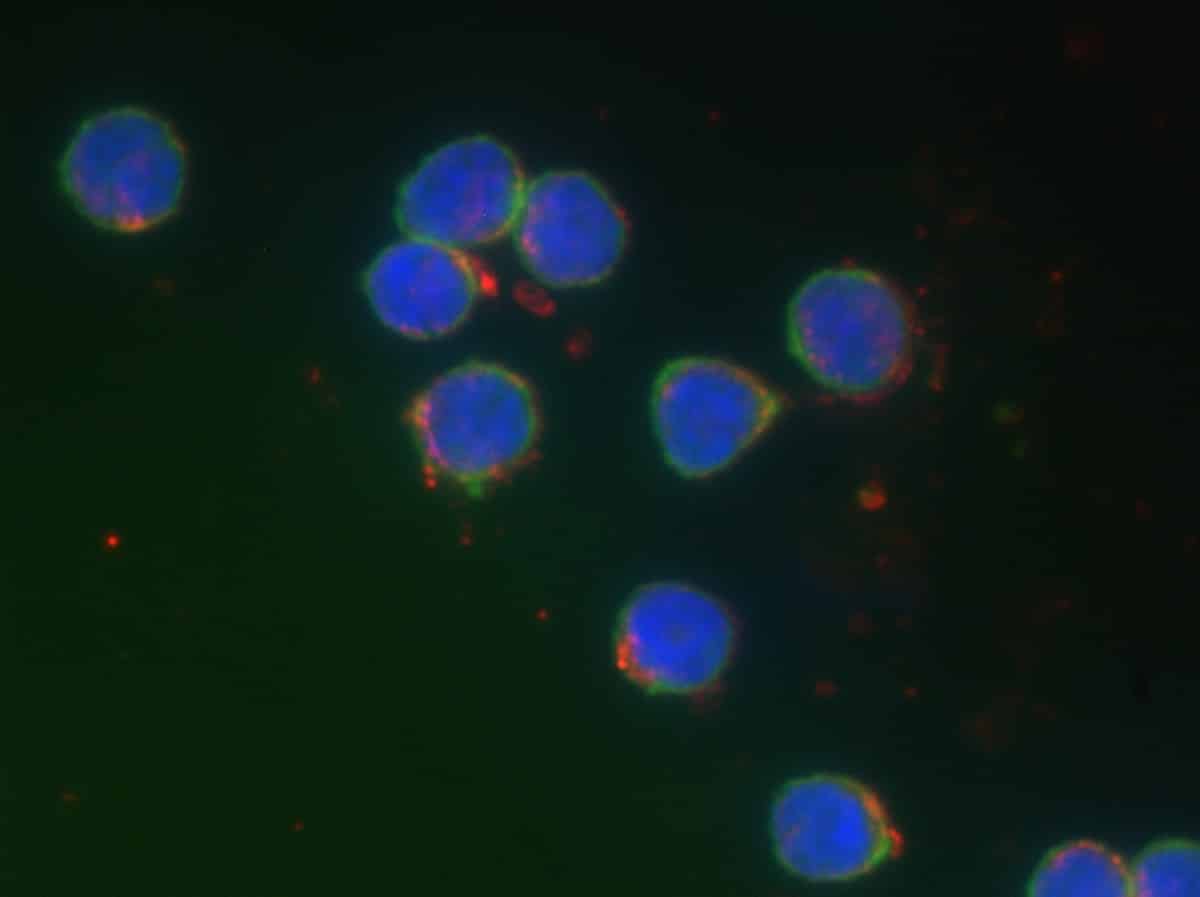
Over the past twenty years, nanoparticles have played an increasingly important role in medicine. They are used in drugs, e.g. for diseases such as Parkinson’s or Alzheimer’s disease. Already in 2006, there were over 100 drugs with nanoparticles on the market. In addition, medical devices used to combat bacteria are nanocoated, especially in hospitals. Nanoparticles are also used in diagnostics, therapies and implants.
In medicine, great expectations are placed on nanotechnology for the future, but ethical questions also arise for physicians. Could the possibility of using nanotechnology to improve human abilities lead to a reduction in the tolerance of mental and physical impairments? Could the uneven access to nanotechnology ultimately lead to a so-called “2-class medicine”?
The latter question arises in particular when one looks at recent research by researchers from the University of Geneva (UNIGE), the National Centre of Competence in the Research of “Bio-inspired Materials” and the Swansea University Medical School in Great Britain. The scientists investigated the effects of gold nanoparticles on immune cells in the context of antibody production. Their aim is to pave the way for more effective vaccines and therapies.

Better Tolerated Therapies
In their study, the physicians investigated a wide range of gold nanoparticles and gained initial insights into the effect of the particles on B lymphocyte disease. They are responsible for antibody production in the human body. The researchers assume that the nanoparticles can both improve the effect of drugs and reduce their side effects. This would make it possible to develop better tolerated therapies in the long term, particularly in the field of oncology. “The method developed also makes it possible to test the biocompatibility of nanoparticles at an early stage in the development of a new nanodrug”, explain the researchers.
As producers of antibodies, B lymphocytes are an important part of the human immune system. For this reason, they are also essential for the development of vaccines. Vaccines must reach B lymphocytes quickly and non-destructively, which makes the use of nanoparticles particularly interesting.
“Nanoparticles can form a protective carrier for vaccines – or other drugs – in order to deliver them where they are most effective and at the same time protect other cells”, explains Carole Bourquin, professor at the Medical and Scientific Faculties of UNIGE, who co-led the study. “This targeting also allows the use of a lower dose of immune stimulators while maintaining an effective immune response. It increases its effectiveness while reducing side effects, provided that the nanoparticles are safe for all immune cells”. Similar studies have already been carried out for other immune cells, but never before for the smaller and more difficult to handle B lymphocytes, the researchers emphasize.
Gold as an Ideal Material
Gold is ideal for nanomedicine. It is well tolerated by the body, easy to shape and can also absorb light and release heat. This property is particularly advantageous in oncology. “Gold nanoparticles can be used to treat tumours. When exposed to a light source, the nanoparticles give off heat and destroy neighbouring cancer cells. We could also attach a drug to the surface of the nanoparticles to be delivered to a specific location”, explains UNIGE researcher Sandra Hočevar. “In order to test their safety and the best formula for medical use, we have developed gold balls with or without polymer coating and gold rods to study the effect of coating and shape. Then we exposed human B lymphocytes to our particles for 24 hours to study the activation of the immune response.”
In their investigations, the scientists were able to determine the extent to which the nanoparticles activated or inhibited the immune response, using activation markers attached to the surface of B cells. Depending on the shape and the presence or absence of a polymer coating, the influence on the immune response of the nanoparticles varied.

“Surface properties and the morphology of nanoparticles are definitely important when it comes to the interaction between nanoparticles and cells”, says Martin Clift, Associate Professor of Nanotoxicology and In Vitro Systems at Swansea University Medical School and co-leader of the project. “Interestingly, the golden nanorods have inhibited the immune response instead of activating it, probably by interfering with the cell membrane or because they are heavier.” However, none of the nanoparticles tested had undesired side effects.
First Studies on Brain Tumor Patients
Uncoated, spherical particles would not be suitable for biomedical applications because they would easily clump together, the researchers emphasize. On the other hand, gold spheres coated with a protective polymer are stable and do not impair B lymphocyte function. (B cells are at the heart of the vaccine response, but also in other areas such as oncology and autoimmune diseases). “And we can easily place the vaccine or drug to be delivered to the B lymphocytes in this coating”, says Carole Bourquin. “In addition, our study has developed a methodology for assessing the safety of nanoparticles in B lymphocytes that has never been used before. This could be particularly useful for future research, as the use of nanoparticles in medicine still requires clear guidelines”.
Currently there are first studies on brain tumour patients. Gold nanoparticles can be made small enough to cross the blood-brain barrier so that specific antitumor agents can be released directly into the cancer cells.
The research team has published the results of its study in the journal ACS Nano.
Read more about cancer therapies HERE.



